Affiliate links on Android Authority may earn us a commission. Learn more.
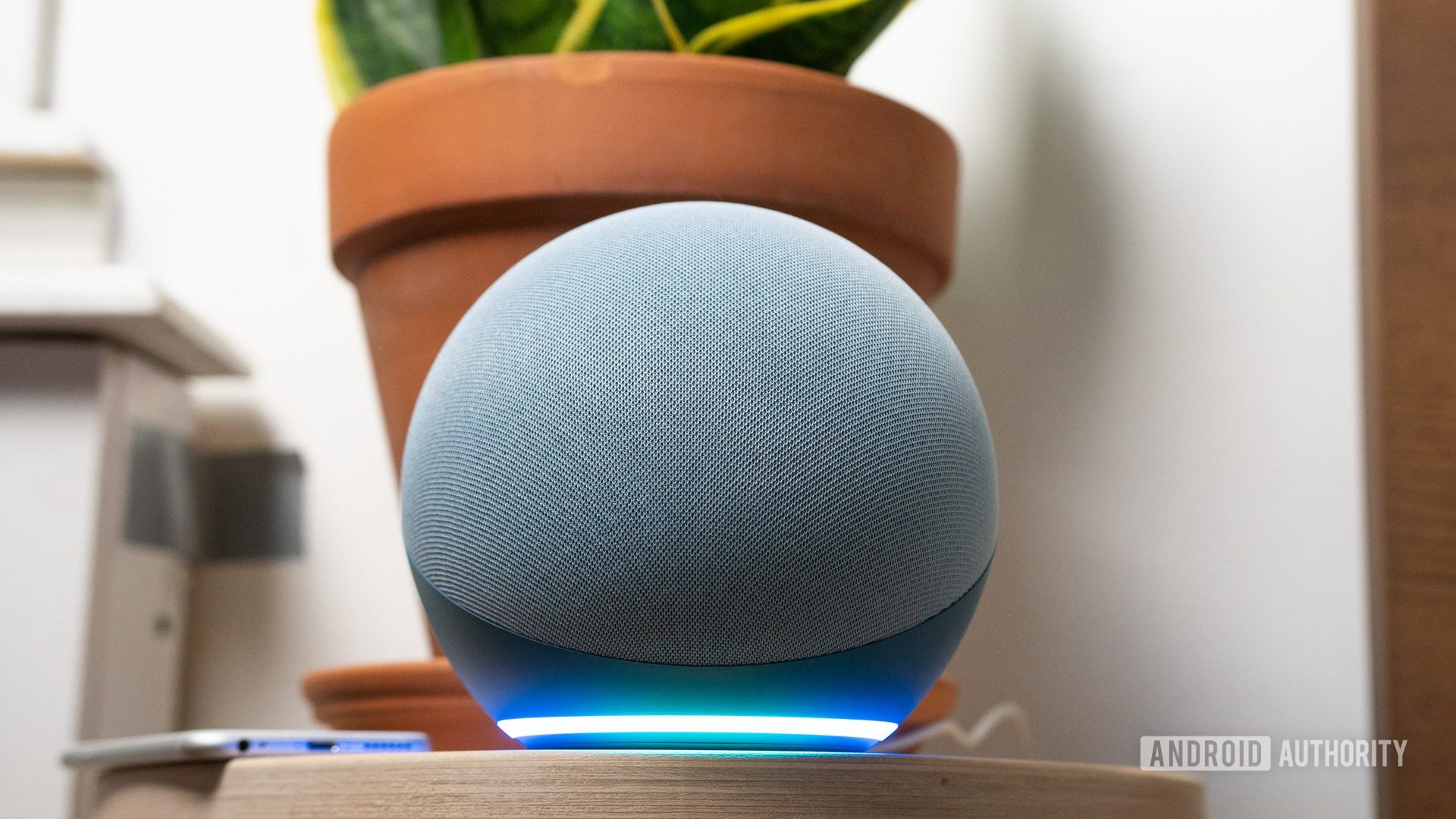

Amazon Echo (4th gen) review: New design, better sound
Published onApril 11, 2022

Amazon Echo (4th gen)
What we like
What we don't like

Amazon Echo (4th gen)
The original Amazon Echo smart speaker released way back in 2014 was an immediate hit, and the company has kept pace with the Echo line since then. The Amazon Echo (4th gen) dramatically changes things up. Gone is the cylindrical smart speaker design of years past. Instead, the fourth-generation Amazon Echo features a spherical design that can cozy up your desk. The Amazon Echo (4th gen) is supposed to be the heart of your smart home, but the functionality of Alexa hasn’t changed much. So, is the change in looks and improved sound quality enough to get you to upgrade? Find out in this Amazon Echo (4th gen) review.
Update, April 2022: This Amazon Echo (4th gen) review was updated to include the Google Nest Mini, JBL Flip 5, and JBL Flip 4 as alternatives.
Who should get the Amazon Echo (4th gen)?
- Smart home fanatics will love all that Amazon’s latest smart speaker has to offer. It’s compatible with all Ring and Zigbee products and has a responsive mic system for voice commands.
- Anyone can get these smart speakers. If you want, you can ignore the smart features completely. It’s still a perfectly competent, compact option for listeners who don’t want to spend extravagantly.
What’s it like to use the Amazon Echo (4th gen)?
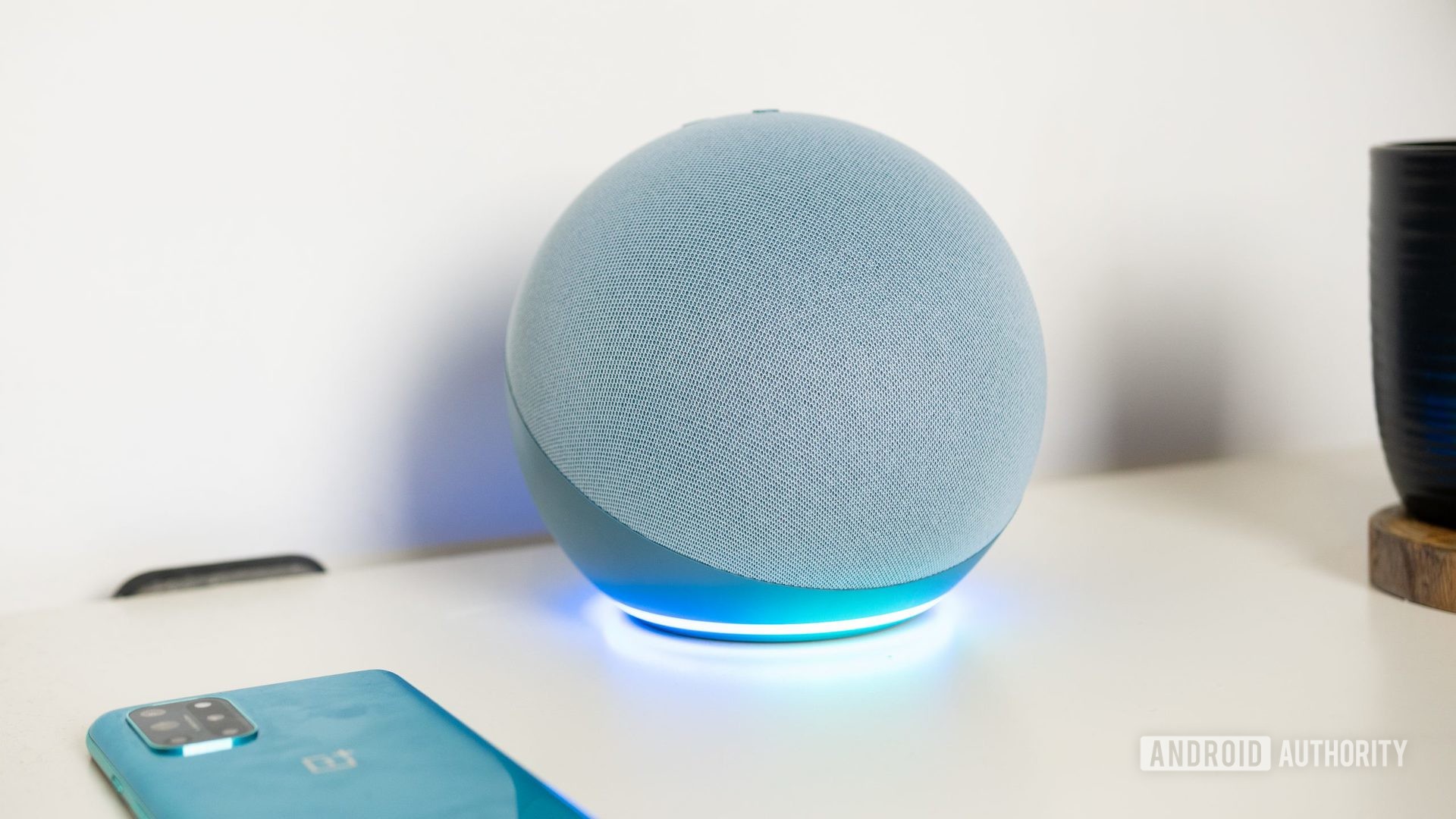
Amazon took years to expand and refine its smart speaker lineup, and the fourth-generation Amazon Echo is the culmination of everything the company has learned about audio. The original Echo design mimicked a soda can, while today’s Echo looks like it belongs on a spaceship. An all-encompassing LED ring light sits at the base of the speaker, informing you of the microphone and voice command status.
It’s just as easy to use as previous Echo generations: all you have to do is plug it into an outlet — yes it requires external power to operate — and get it set up through the Alexa app. Once the speaker is connected to your Wi-Fi, you’re ready to rock and roll.
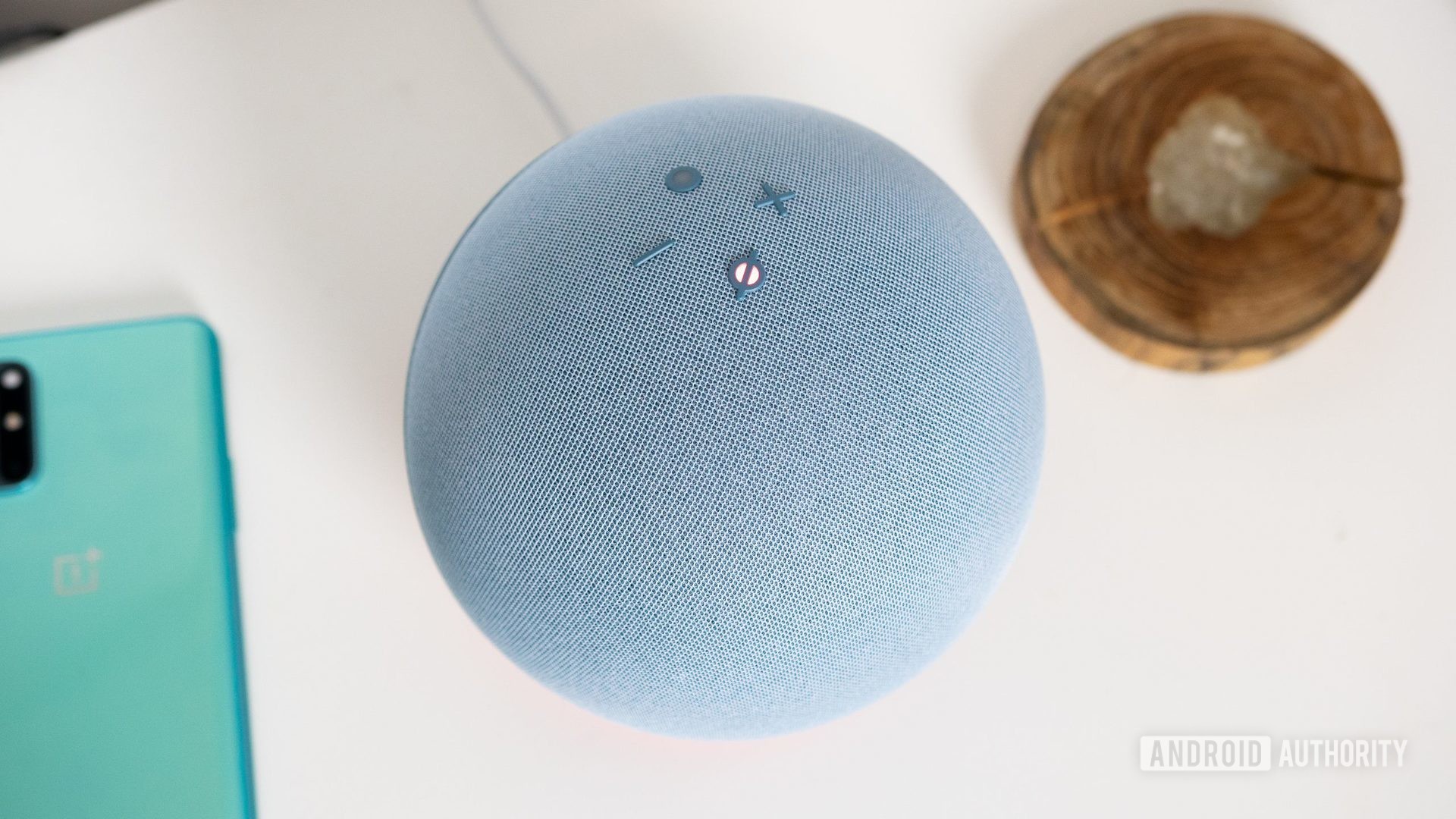
Just as with any other Amazon Alexa-enabled device, you can do everything from controlling your smart home devices to making a simple inquiry about the weather. One of my favorite things about smart speakers is the ability to ask questions about recipes while cooking. This basic action saves me from constantly rinsing off my hands mid-meal prep.
Learn more: What is a smart home, and why should you want one?
The speaker has a few buttons on it for controlling playback, volume output, and one that allows you to mute the speaker. This is a must-have because, even though you have nothing to hide, you have every right to expect privacy in your home. The ring LED glows red when the speaker is muted.
Does the Echo (4th gen) register voice commands?
The Amazon Echo (4th gen) is decked out with a very good mic system. It easily registered my voice commands, even when music played from the speaker. You can ask Alexa to execute commands, and it’ll turn off your Philips Hue lights or set reminders. You can stream directly from Spotify, TIDAL, and Amazon Music HD, of course. If you subscribe to Google services like YouTube Music, however, you’re without a paddle.
Do you need the Alexa app to use the Amazon Echo (4th gen)?
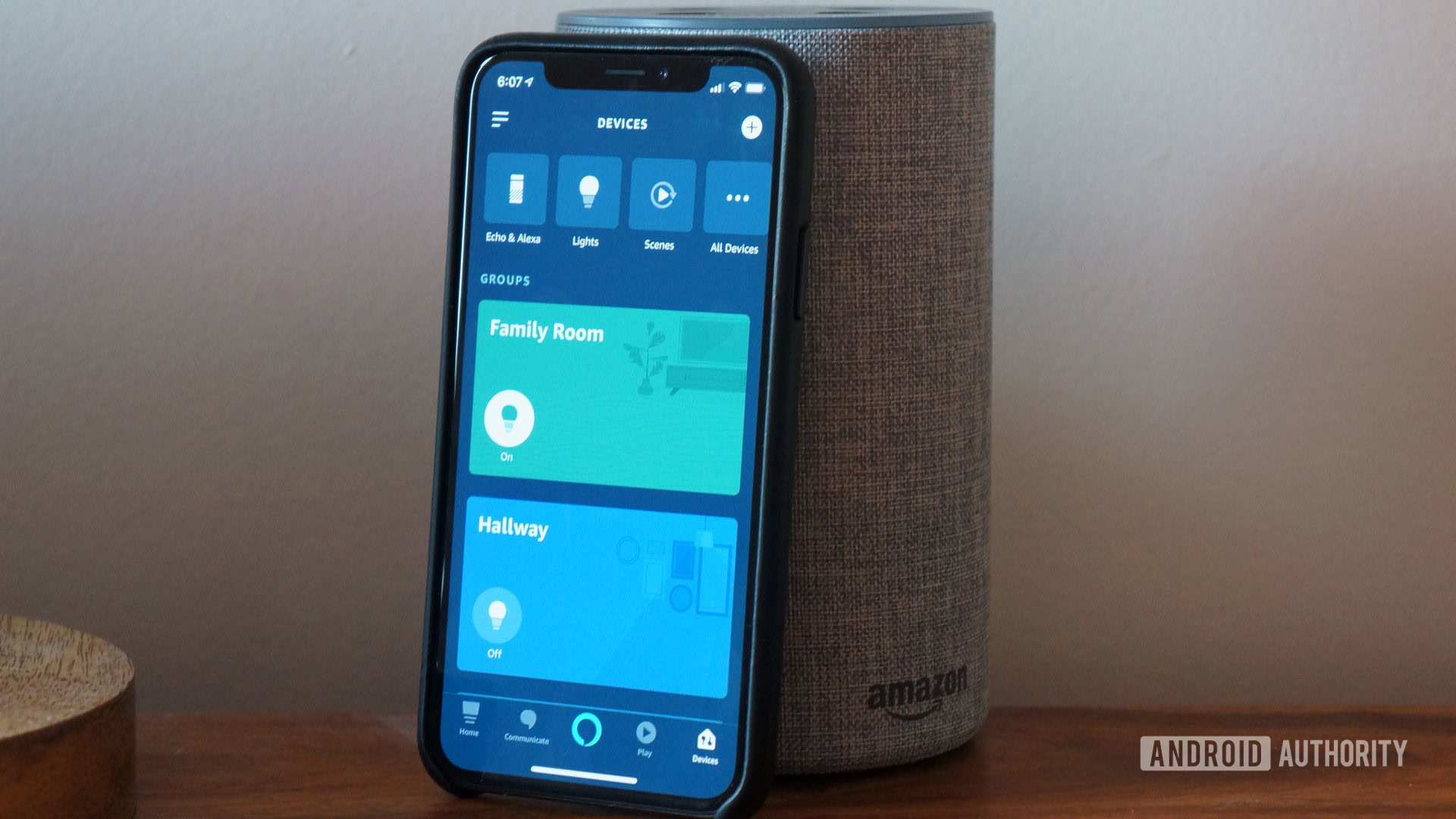
Amazon’s smart speaker requires you to download the Alexa mobile app in order to set it up. You’ll use the app pretty often, even after the initial setup process is completed. It lets you control the volume, pair devices via Bluetooth, add a second speaker, manage multiroom groups, set alarms, and more. To really tinker with Alexa, you should download more Alexa skills. You can save some time and enable “Follow-up mode” in the device settings. This mode means you don’t have to say the hot word every time you need to ask Alexa a question or make a command.
Does the Amazon Echo (4th gen) sound good?
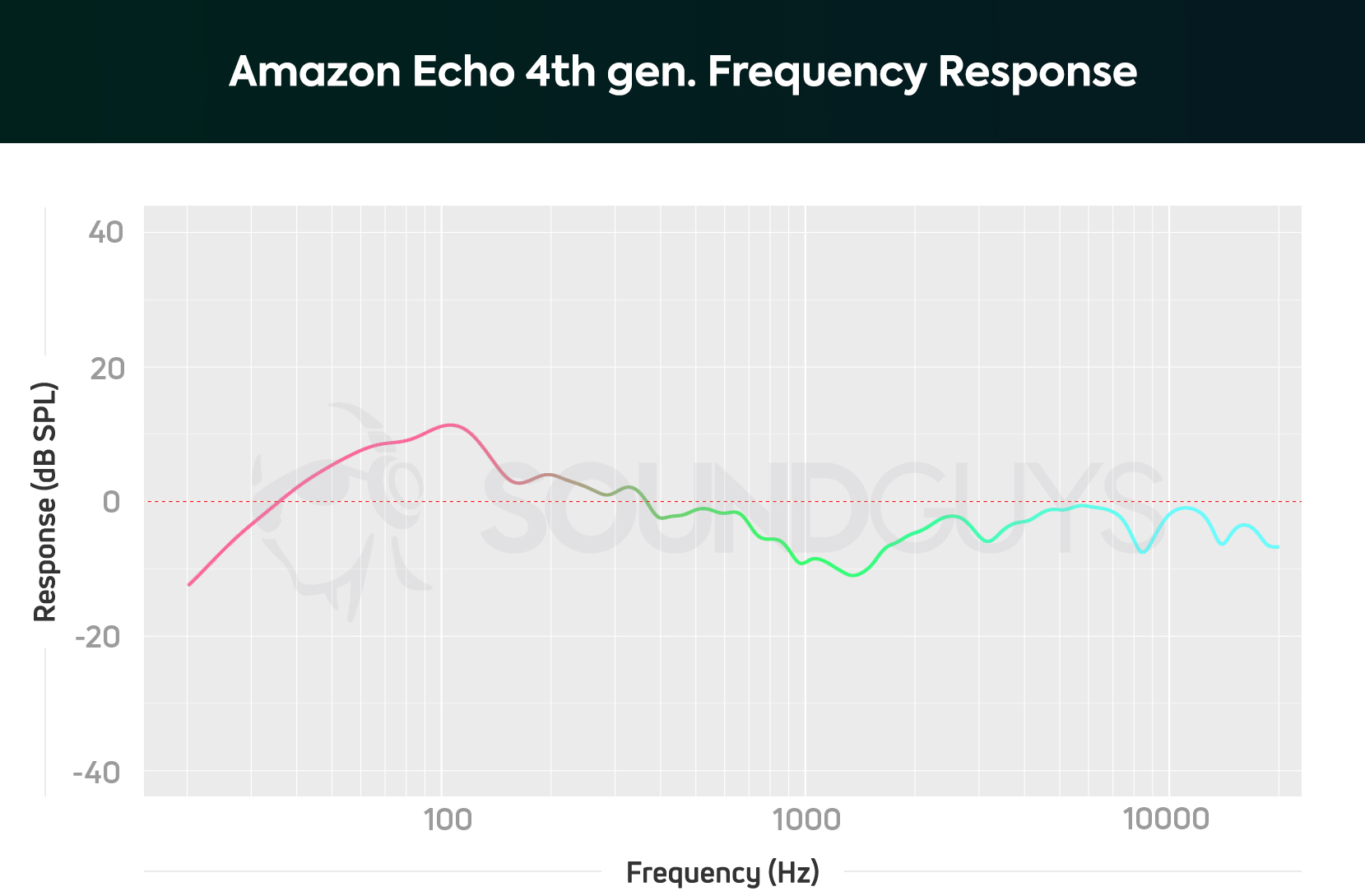
Amazon worked to improve the sound quality of its fourth-generation Echo smart speaker, and it shows. It has three drivers, two tweeters, and a single woofer, the latter of which helps reproduce loud bass for a speaker this size. The sound quality is enjoyable for most listeners but isn’t accurate by any means. You can connect the speaker over Wi-Fi, Bluetooth 5.0, or via the 3.5mm aux port.
You may notice some detail “missing” from your favorite tracks. Your ears aren’t broken. Instead, you’re experiencing auditory masking. This is when a loud sound (e.g., bass notes) makes it hard for your brain to perceive a relatively quiet one (e.g. vocal and string instrumentation). This has its evolutionary roots in human survival but isn’t the best mechanism for processing musical detail. Amazon tuned the drivers so that bass notes sound about twice as loud as low-midrange notes, and up to four times louder than upper-midrange and treble notes.
How is the Amazon Echo (4th gen) different from the Amazon Echo Dot (4th gen)?
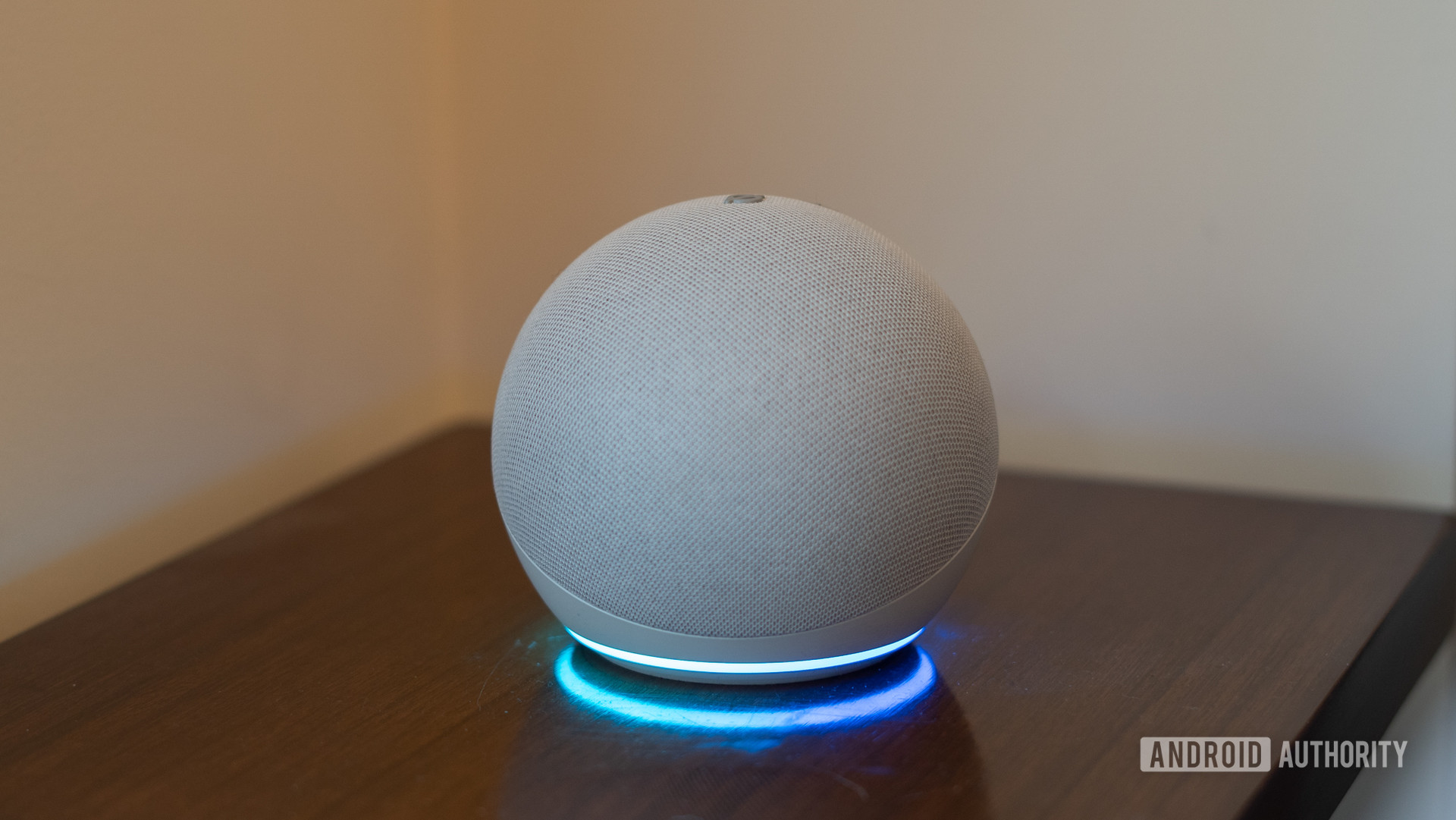
The standard Echo is a bit larger than the Amazon Echo Dot (4th gen), but otherwise, the two speakers are nearly identical. The smaller Echo Dot houses a single 1.6-inch front-firing speaker, while the Amazon Echo houses a 3.0-inch woofer and dual front-firing 0.8-inch tweeters. The more advanced driver array in the Amazon Echo facilitates better audio quality over its little brother. The Echo (4th gen) has a few other features that the Echo Dot lacks as well. Those include Dolby audio support and an integrated Zigbee smart home hub.
Even with the standard Echo’s advantages, there are still plenty of reasons to get the Echo Dot, namely price. It’s less than half the cost of the Amazon Echo, which is super appealing to budget buyers. What’s more, there’s an Echo Dot with an LED display that operates as a clock. You have to pay a bit extra for this, but it’s still much cheaper than the Echo. Both the Amazon Echo and Echo Dot can be mounted onto a wall to save precious countertop space.
Amazon Echo (4th gen) review: The verdict

If you want a smart speaker with a good bass response and a unique design, the Amazon Echo (4th gen) is a great value pick. This speaker is compatible with nearly any smart device you have laying around the house, and is the perfect gift for someone already entrenched in the Amazon ecosystem.
Although the 4th gen Amazon Echo is relatively affordable, it’s important to remember that all smart devices have a cost beyond the sticker price. It’s easy to get roped in by a flashy new design, and modern conveniences, but if you’re vigilant about protecting your data and general privacy, this speaker isn’t for you. Even if nothing nefarious comes from getting a smart speaker, the possible anxiety it induces just isn’t worth it. Instead, you’re better off with a simple Bluetooth speaker.
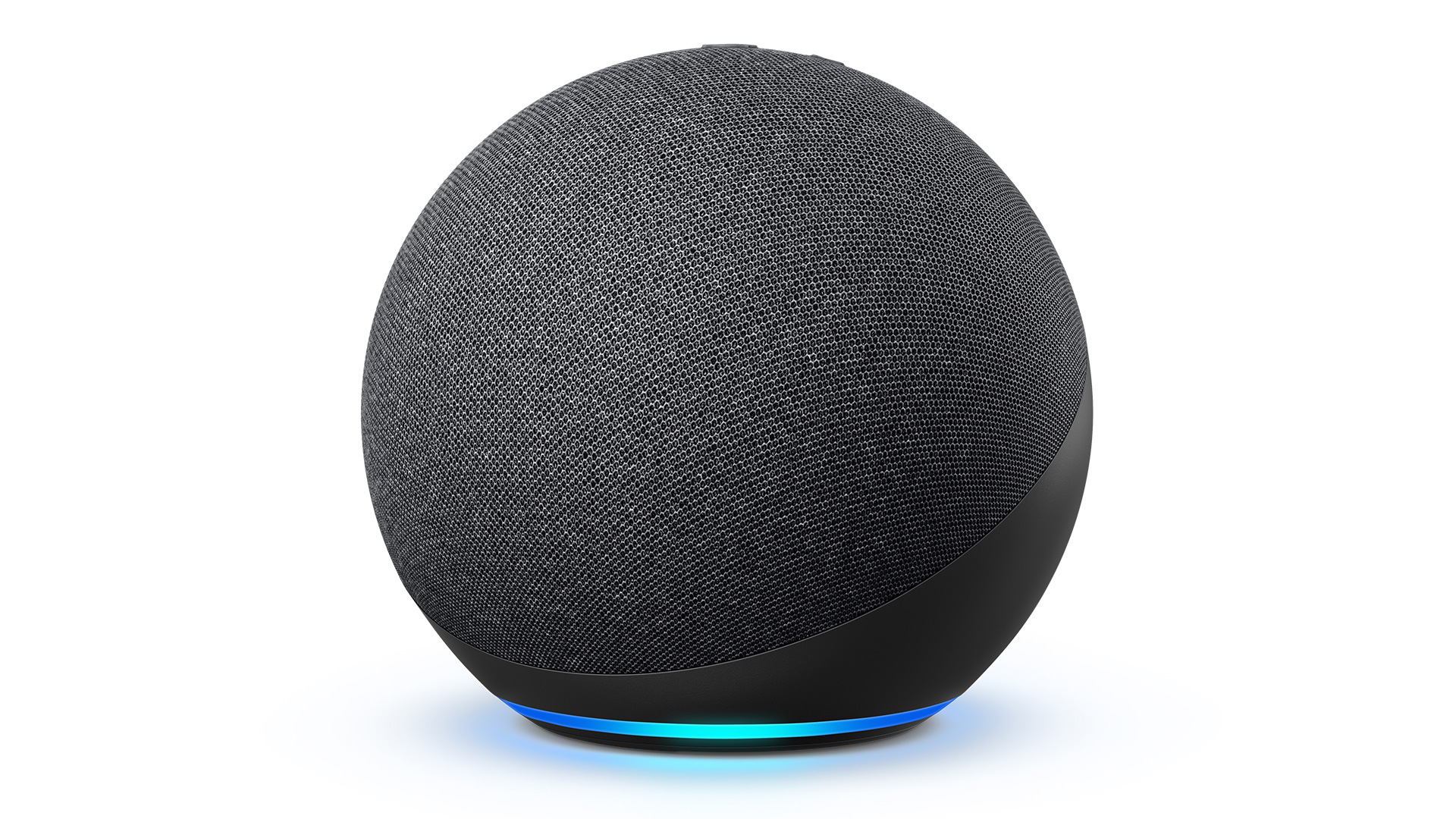
Amazon Echo (4th gen) alternatives
What about the Google Nest Audio?
The Google Nest Audio ($99) is the most obvious competitor to the Amazon Echo (4th gen), but these designs are quite different from one another. The Nest Audio takes on a vertical pillow-shaped design, rather than the stout, spherical look of the Echo. For an added sense of security, you may prefer the Nest Audio’s mute switch over the Echo’s mute button, but both serve the same purpose.
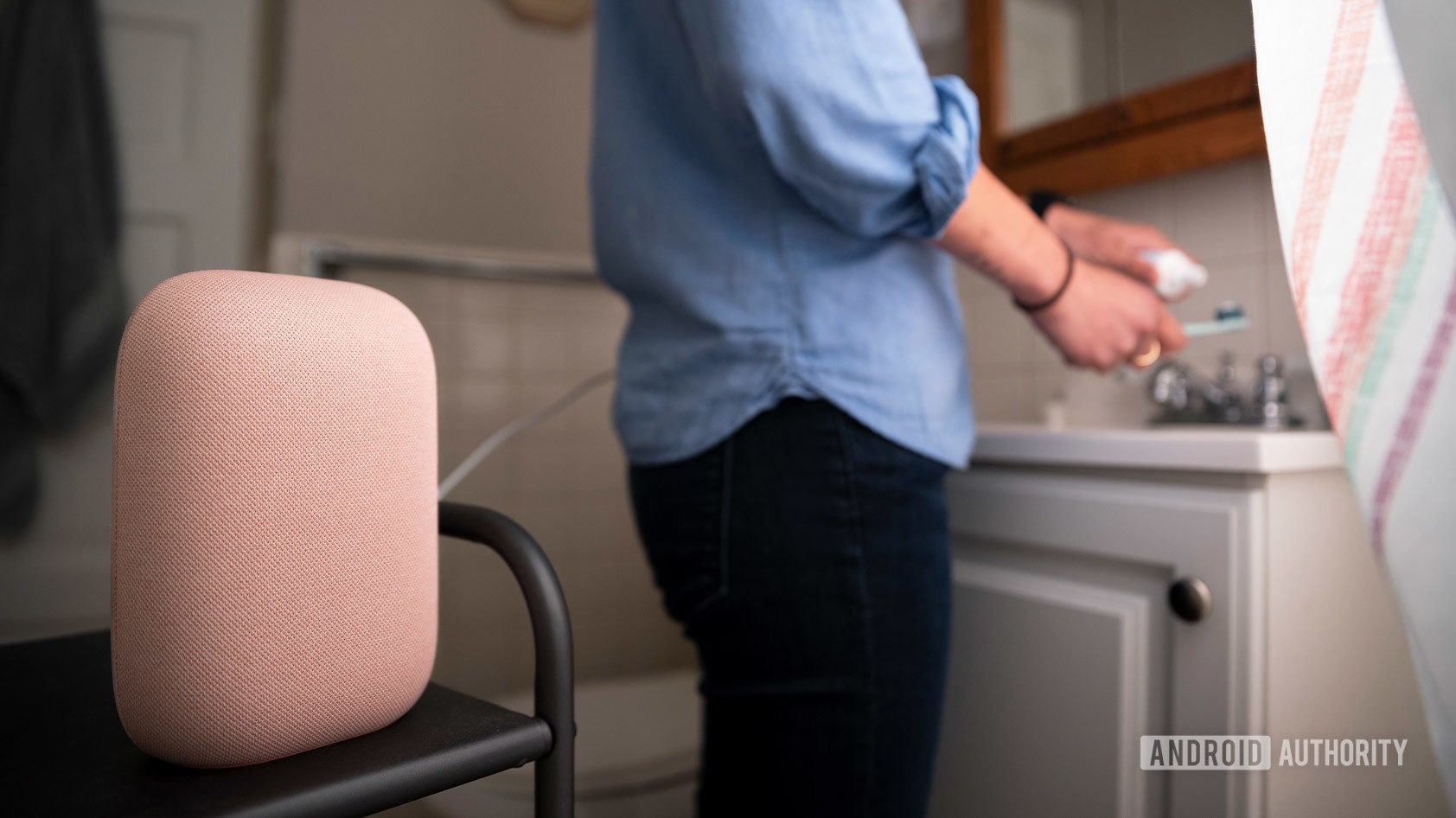
Sound quality is generally more accurate with the Nest Audio, especially when it comes to the reproduction of midrange and treble notes. However, the Nest Audio’s bass response is lacking compared to the Amazon Echo (4th gen). Suffice to say, if you want clear audio at the expense of loud bass, go with Google. Another benefit to the Nest Audio is its Ambient IQ feature, which changes the volume according to your environment. This is supremely useful when you’re doing chores around the house: the volume automatically increases when you start vacuuming.
Both speakers are very good, and it boils down to a few things: budget, design, and sound quality preferences. The Amazon Echo (4th gen) is on a deep discount, making it a much better value than the Google Nest Audio, but the latter generally produces more accurate audio. Then again, Google’s speaker lacks an auxiliary port, unlike the Echo, so that could be a deciding factor for some too.
The Google Nest Mini is a cheaper alternative for people in the Google ecosystem
If you’re more Google-inclined, and you don’t want to spend as much money, the Google Nest Mini ($49) is definitely worth considering. It sounds good, fits in smaller spaces easily and you can hang it up, making it more convenient for smaller rooms or apartments. It’s worth considering if you’re not sure the Echo (4th gen) or Nest Audio are worth the price and space they take up.
For the privacy-inclined, check out the JBL Flip 5
If the idea of your speakers collecting your data concerns you, you’ll probably want to opt for something different. The JBL Flip 5 ($119) is a great Bluetooth speaker that you can take anywhere. It sounds good and it’s IPX7 water-resistant, in case you splash some water on it while cooking, want to take it into the shower, or bring it to the beach. If you want a 3.5mm jack to connect your phone directly, you’ll prefer the JBL Flip 4 ($79) instead. This means you won’t have all the fancy built-in assistant and voice commands of a smart speaker, but you won’t have to worry about what your speaker is collecting from you all day.